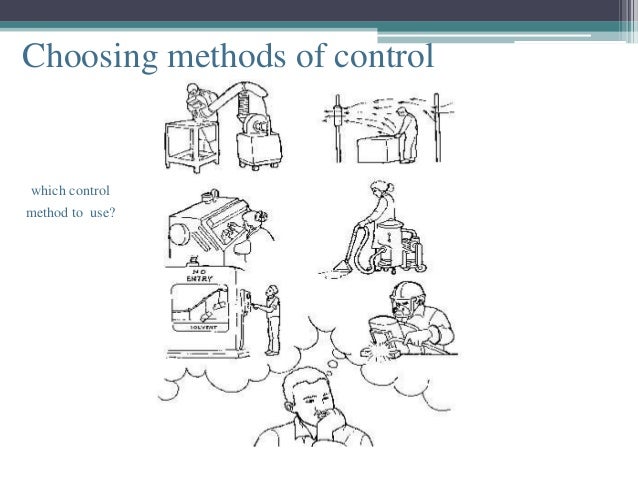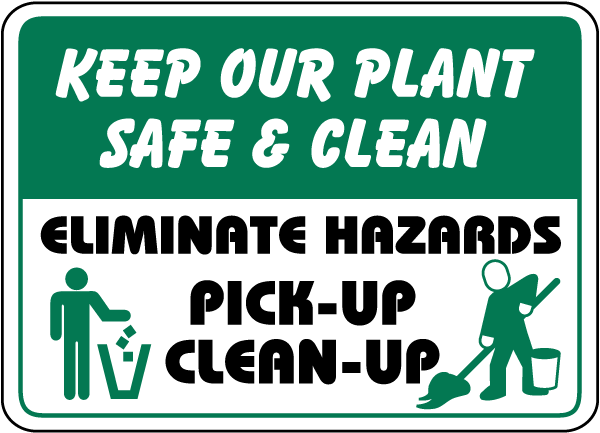What is Safe System of Work? Basic Tutorials on Safe System of Work
What is a safe system of work?
A safe system of work has been defined as:

The integration of personnel, articles and substances in a laid out and considered method of working which takes proper account of the risks to employees and others who may be affected, such as visitors and contractors, and provides a formal framework to ensure that all of the steps necessary for safe working have been anticipated and implemented.
In simple terms, a safe system of work is a defined method for doing a job in a safe way. It takes account of all foreseeable hazards to health and safety and seeks to eliminate or minimize these. Safe systems of work are normally formal and documented, for example, in written operating procedures but, in some cases, they may be verbal.
The particular importance of safe systems of work stems from the recognition that most accidents are caused by a combination of factors (plant, substances, lack of training, supervision, etc.). Hence prevention must be based on an integral approach and not one which only deals with each factor in isolation.
The adoption of a safe system of work provides this integral approach because an effective safe system:
➤ is based on looking at the job as a whole
➤ starts from an analysis of all foreseeable hazards, e.g. physical, chemical, health;
➤ brings together all the necessary precautions, including design, physical precautions, training, monitoring, procedures and personal protective equipment.
It follows from this that the use of safe systems of work is in no way a replacement for other precautions, such as good equipment design, safe construction and the use of physical safeguards.
However, there are many situations where these will not give adequate protection in themselves, and then a carefully thought-out and properly implemented safe system of work is especially important.
The best example is maintenance and repair work, which will often involve as a fi rst stage dismantling the guard or breaking through the containment, which exists for the protection of the ordinary process operator. In some of these operations, a permit to work procedure will be the most appropriate type of safe system of work. The operations covered may be simple or complex, routine or unusual.
Whether the system is verbal or written, and whether the operation it covers is simple or complex, routine or unusual, the essential features are forethought and planning – to ensure that all foreseeable hazards are iidentified and controlled. In particular, this will involve scrutiny of:
➤ the sequence of operations to be carried out
➤ the equipment, plant, machinery and tools involved
➤ chemicals and other substances to which people might be exposed in the course of the work
➤ the people doing the work – their skill and experience
➤ foreseeable hazards (health, safety, environment), whether to the people doing the work or to others who might be affected by it
➤ practical precautions which, when adopted, will eliminate or minimize these hazards
➤ the training needs of those who will manage and operate under the procedure
➤ monitoring systems to ensure that the defi ned precautions are implemented effectively.
Assessment of what safe systems of work are required
Requirement
It is the responsibility of the management in each organization to ensure that its operations are assessed to determine where safe systems of work need to be developed. This assessment must, at the same time, decide the most appropriate form for the safe system, that is:
\➤ is a written procedure required?
➤ should the operation only be carried out under permit to work?
➤ is an informal system suffi cient?
Factors to be considered for safe systems of work
It is recognized that each organization must have the freedom to devise systems that match the risk potential of their operations and which are practicable in their situation.
However, they should take account of the following factors in making their decision:
➤ types of risk involved in the operation
➤ magnitude of the risk, including consideration of the worst foreseeable loss
➤ complexity of the operation
➤ past accident and loss experience
➤ requirements and recommendations of the relevant health and safety authorities
➤ the type of documentation needed
➤ resources required to implement the safe system of work (including training and monitoring).





